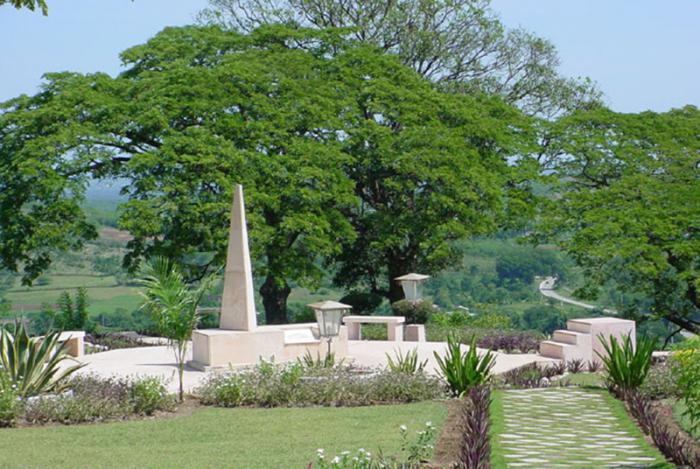
The Battle of Guisa was the first, in chronological order, of the last three great decisive battles fought by the Rebel Army in its unstoppable path toward victory, extended for ten days - from November 20 to 30, 1958 - under the command of Commander in Chief Fidel Castro in a forceful action that achieved victory against the demoralized troops of the dictatorship.
The combats in Santa Clara and Yaguajay were the other mentioned and successful operations, which occurred under the direction of Commanders Ernesto Che Guevara and Camilo Cienfuegos, respectively, almost converging in that stage that came to be the final blow of the insurgents' Final Offensive, made reality in that hot Cuban summer.
Despite the joy, the great epic moment marked by the casualties of patriots, among whom was the vanguard man called Braulio Coroneaux, had a very bitter taste.
By then, the forces of the tyrant Fulgencio Batista were showing their inability to take the initiative on the battlefield and all that remained was the strange idea that perhaps their commanders, troops and means could once again strengthen themselves from cities, towns, barracks and fortified positions, with the help of the air force; and thus stop the advance of the popular army.
The energetic fire of the rebels prevented them from achieving this goal in those ten days through the use of mines; one by one, each desperate attempt by the so-called casquitos was paralyzed, despite the air and tank support of the tyrant's army.
The strategy of the revolutionaries prioritized the siege of Santiago de Cuba and the capture of the city of Guisa, a few kilometers from Bayamo, the headquarters of the military leadership, positions that were essential to neutralize in order to conquer the second capital of the country.
This is how we get to the moment: on November 20, troops personally led by Commander in Chief Fidel Castro were preparing to take Guisa and accept the challenge of facing the enemy forces in a war in which around 180 guerrillas, including a female squad from the Las Marianas Platoon, fought courageously and defeated five thousand soldiers equipped with tanks and artillery.
A sort of prelude to such a victory was the undeniable defeat in August 1958 of the so-called Summer Offensive organized by the tyranny towards the Sierra Maestra, with more than 300 dead and 443 prisoners, and which allowed the guerrillas to occupy a large quantity of weapons and resources.
From the heart of the mountain range, Radio Rebelde broadcast on November 13 the orders of Commander in Chief Fidel Castro to the insurgent fronts in the eastern region, to the invading columns of Commanders Camilo Cienfuegos and Ernesto Che Guevara in the central territory and to the insurrectional movement throughout the country to promote actions against the dictatorship of Fulgencio Batista.
The battle began on the 20th with the accurate fire of Captain Braulio Coroneaux's 50-caliber machine gun against the reinforcements that were traveling along the Bayamo highway, and which left several dead.
Braulio, outstanding for his courage and skill with his combat weapon, previously served as a soldier but in rejection of the crimes and abuses of the dictatorship he began to conspire, was arrested and managed to escape to join the Rebel Army in which he earned his rank for his courage.
Fidel placed great trust in him due to his self-confidence and his ability and precision in handling the machine gun, to such an extent that in the midst of the heavy fire the Leader could recognize the rattle of Coroneaux's weapon among all the others, which filled him with joy.
His last battle was fought on November 27 from the trench with his machine gun on a hill known as Loma del Martillo, located in a strategic position that dominated the main entrance and exit to Guisa, during one of the army's final attempts to break the siege.
The shot from a Sherman tank hit his position and killed him instantly.
That sensitive loss caused deep pain to the Chief and his peers.
Due to his heroism and outstanding qualities Braulio was posthumously promoted to the rank of Commander and the hill that he defended at the cost of his life today bears his name.
On November 30, demoralization dominated the besieged troops and the soldiers abandoned or rather ran away from the battlefield, leaving a large amount of weapons exposed to the elements.
Nearly 200 casualties were recorded in the Batista’s forces, including dead and wounded. 14 trucks, a tank, and ammunition and supplies of all kinds were seized from them, which allowed the formation of new rebel units to end the last liberation war for national dignity, which brought justice to all the Cuban people on January 1, 1959. (ACN) (Photo: Granma Digital)